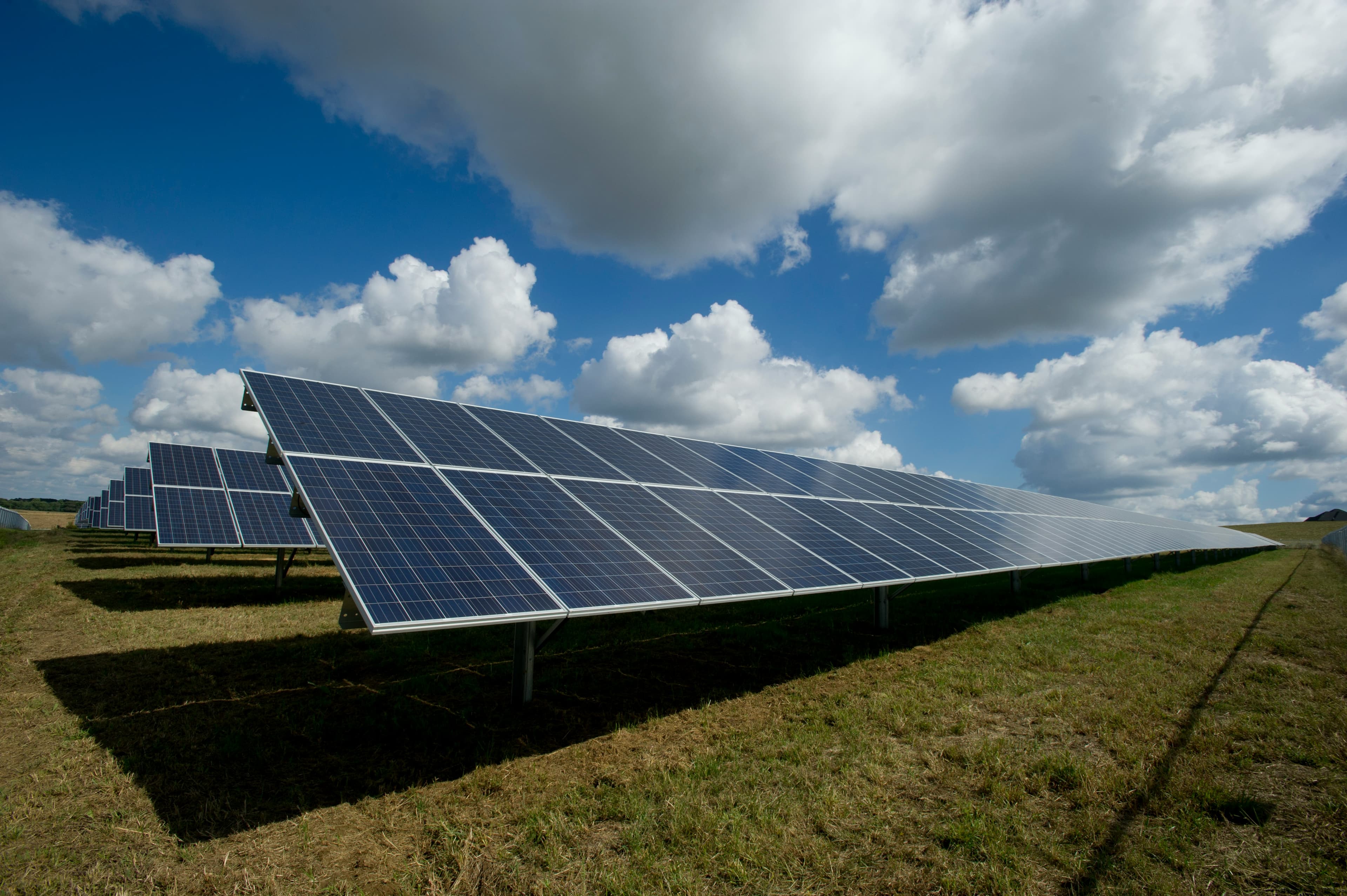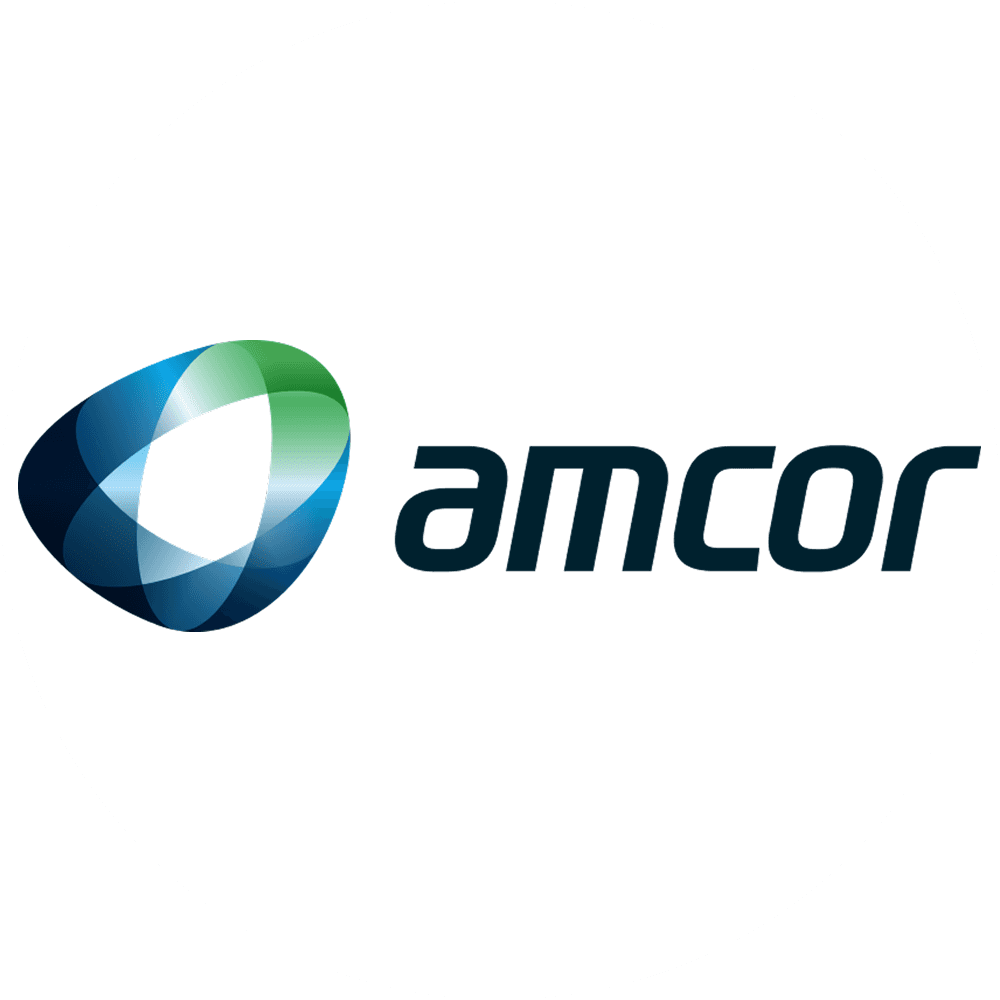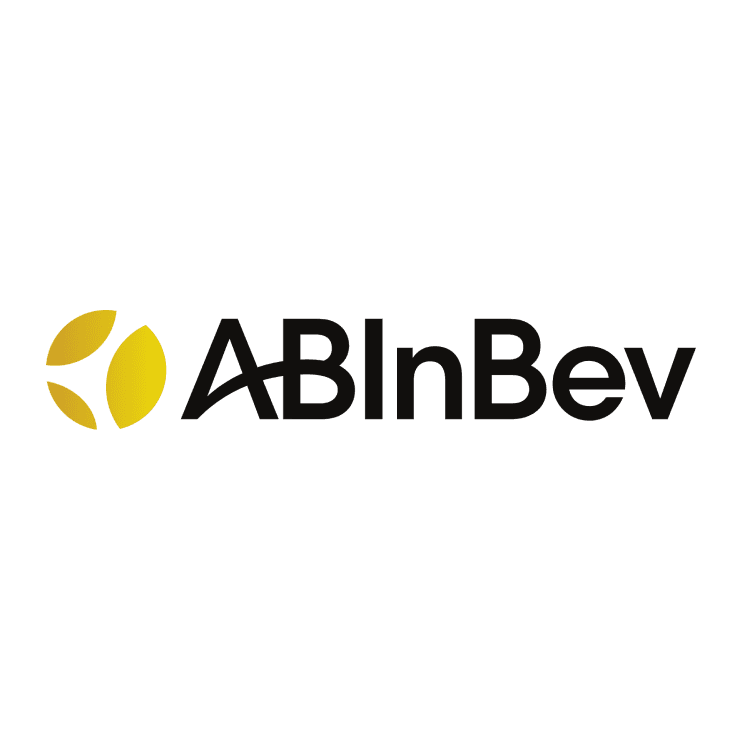
Remove Scope 2 Brazil Emissions through Renewable Sourcing
 Amcor
Amcor
Summary
Matched all purchased electricity in Brazil with renewable energy certificates, eliminating Scope 2 emissions and improving energy resilience.
Context
This case study is part of decarbonization best practices shared with AB InBev Eclipse sustainability program’s community. Discover more about the Eclipse program here.
Amcor is a leading global producer of flexible packaging for food, beverage, and healthcare, with multiple manufacturing plants in Brazil. The company faced the challenge of significantly reducing Scope 2 emissions from electricity use while maintaining a reliable and cost-effective energy supply in a highly volatile market. Transitioning to renewable electricity was identified as a critical lever within its global decarbonization roadmap to meet near-term science-based targets and advance toward net-zero commitments.
Solution
To address this challenge, the company prioritized renewable electricity within its Decarbonization Roadmap, aligned with its SBTi commitments. As part of its ‘4+1’ strategy to cut Scope 1 and 2 emissions, transitioning to renewables was identified as a key lever, representing about 31% of required reductions. Brazil was selected as an early mover due to its mature renewable market and the availability of International Renewable Energy Certificates (I-RECs). In 2023, all three Brazilian facilities achieved 100% renewable electricity by sourcing I-RECs and partnering with renewable providers, effectively eliminating market-based Scope 2 emissions.
Figure 1: Wind Park Tacaico II, Enel Green Power, Pernambuco

Impact
Sustainability impact
Climate
Reduced Scope 2 emissions by 2,346 tCO2e annually from 2023, representing 100% reduction vs. 2021 baseline.
Nature
Since 2023, the company has avoided around 33 hectares (1) of annual land impact from fossil fuel extraction by sourcing renewable electricity, while advancing socio-environmental initiatives. More than 10 programs have been implemented, including a Wildlife Conservation Program, a Monitoring Program for Marginal Slopes and Erosion, an Integrated Community Engagement Plan, and an Environmental Conservation Program.
Social
Job Creation and Local economic growth: The implementation created several jobs in manufacturing, installation, maintenance, and research. These opportunities particularly benefited local communities, including rural and underserved areas where wildlife conservation and monitoring programs were carried out.
Public Health Improvements: By reducing air and water pollution, renewable energy helps decrease health issues, such as respiratory and cardiovascular diseases, especially in communities historically affected by fossil fuel-based industries.
Business impact
Benefits
Operational Resilience and Risk Mitigation: By shifting to renewable electricity—particularly wind, solar and hydroelectric—Amcor reduces dependency on volatile grid prices and energy supply disruptions, strengthening operational resilience.
Sustainability Leadership: Adopting renewable energy reinforces Amcor’s role as a sustainability leader in Latin America, fully aligned with its global decarbonization strategy and 2050 net-zero ambition.
Responsible Packaging: Amcor continues to expand recycle-ready solutions and light weighting initiatives. Combined with renewable energy sourcing, these innovations enable customers to lower their environmental impacts while advancing shared sustainability goals.
Costs
The purchase of I-REC certificates represented an annual cost of 34k USD related to certificate acquisition and administration, reflecting the commitment to renewable electricity and verified emission reductions.
Impact beyond sustainability and business
Co-benefits
The shift to renewable electricity has generated co-benefits beyond emissions reduction. It has strengthened trust with investors, customers, and regulators by demonstrating transparent action on climate commitments. The initiative also supports ongoing efficiency and product design improvements and aligns with Brazil’s clean energy and climate policy objectives. Internally, it fosters employee engagement around sustainability goals and has encouraged collaboration across departments. Externally, it supports local development priorities by driving demand for renewable generation
Potential side-effects
While transitioning to renewable energy delivers clear benefits, businesses may face challenges. High upfront investment and fluctuating energy markets can create financial strain. Technology selection may pose risks if solutions are not scalable or adapted to local conditions. Operational disruptions may occur during pilot projects or large-scale rollouts. Companies must also manage regulatory uncertainties and potential delays in permitting. Supplier dependency may limit flexibility, while insufficient employee training could hinder adoption. Finally, misaligned stakeholder expectations or limited community engagement could create reputational risks, slowing momentum toward sustainability goals.
Implementation
Typical business profile
Most relevant for large manufacturing companies with high electricity consumption, particularly in countries with mature renewable certificate markets such as Brazil and Chile. Applicable across operations, procurement, and sustainability functions, this approach best fits organizations at mid to advanced stages of their net-zero journey seeking scalable, credible solutions to cut Scope 2 emissions.
Approach
Conduct an energy audit to assess consumption and establish a carbon footprint baseline.
Set targets and align with ESG goals through strategic planning and integration with corporate decarbonization roadmaps.
Select renewable options and certified partners based on market availability, technology fit, and certification standards.
Launch pilot projects to test feasibility, validate costs, and build internal capacity.
Scale the solution across facilities once pilots confirm technical and financial viability.
Monitor performance continuously to optimize energy use and ensure compliance with reporting frameworks.
Engage stakeholders—including employees, customers, and local communities—to build awareness and support broader adoption.
Stakeholders involved
Internal Stakeholders involved
Group and Regional CFOs provided financial oversight and approved investments in renewable electricity certificates.
Regional and local procurement teams managed contracting, negotiated purchases, and ensured compliance with established standards.
The General Manager served as project sponsor, securing alignment with business strategy and sustainability objectives.
The Operations Director oversaw the integration of renewable sourcing into daily plant activities, while engineering teams supported technical validation and implementation across facilities.
Together, these functions played a critical role in enabling the successful transition to renewable energy within the organization.
External Stakeholders involved
Energy suppliers and certification bodies facilitated access to I-REC certificates and ensured third-party verification of transactions.
An external advisor provided strategic and technical guidance, supporting the sourcing strategy and conducting market analysis. The advisor also ensured alignment with global renewable energy standards, strengthening the credibility and effectiveness of the company’s transition to renewable electricity.
Key parameters to consider
Annual electricity consumption: Total MWh to be matched with renewable certificates.
Emission reduction potential: Scope 2 emissions avoided (tCO₂e/year).
Certificate availability and credibility: Type of renewable attribute certificates (e.g., I-RECs), market maturity, and third-party verification.
Cost of certificates: Annual investment required and indicative abatement cost (USD/tCO₂e).
Contract duration and renewal terms: Stability of sourcing agreements and long-term commitments.
Regulatory alignment: Compliance with national frameworks and international standards (e.g., GHG Protocol, SBTi).
Supplier reliability: Track record of renewable providers and certificate issuers.
Administrative requirements: Processes for procurement, tracking, and reporting.
Stakeholder engagement: Involvement of internal teams (finance, procurement, operations) and external advisors/partners.
Reputational and strategic value: Contribution to sustainability goals, customer expectations, and corporate positioning.
Implementation and operations tips
Effective implementation requires cross-functional coordination, streamlined procurement, and consistent oversight to ensure proper certificate management. Strong collaboration between internal teams and external advisors facilitated problem-solving and alignment with sustainability objectives. Clear documentation, regular progress reviews, and proactive stakeholder communication support operational efficiency and strengthened trust. Together, these practices ensured a smooth transition to renewable electricity while reinforcing the company’s credibility and long-term commitment to sustainability.